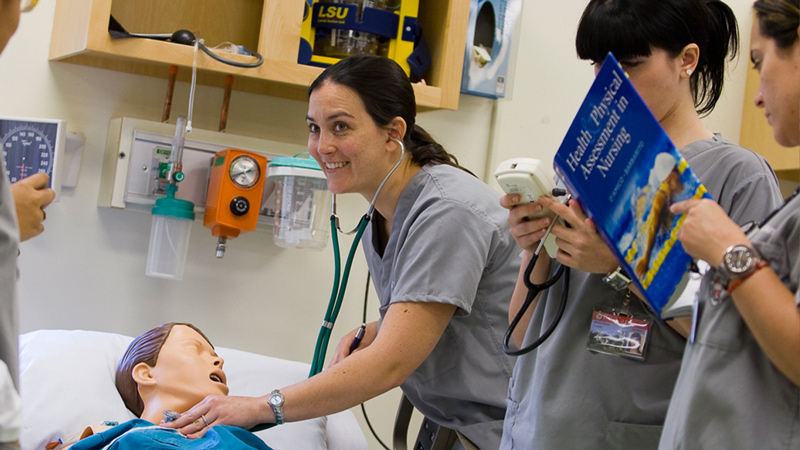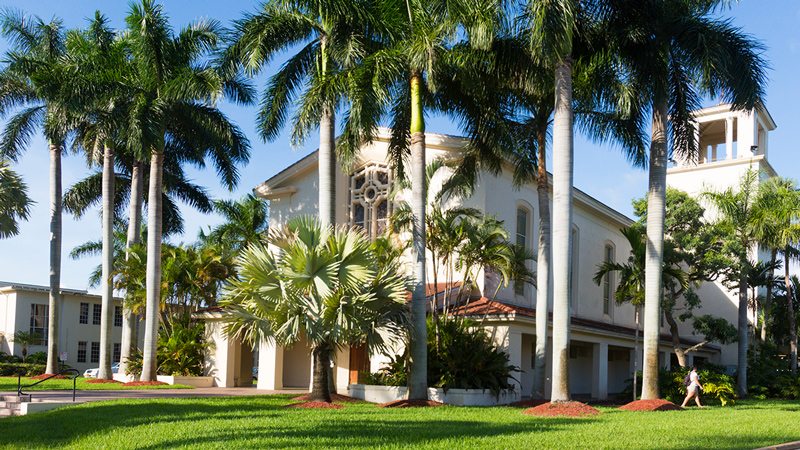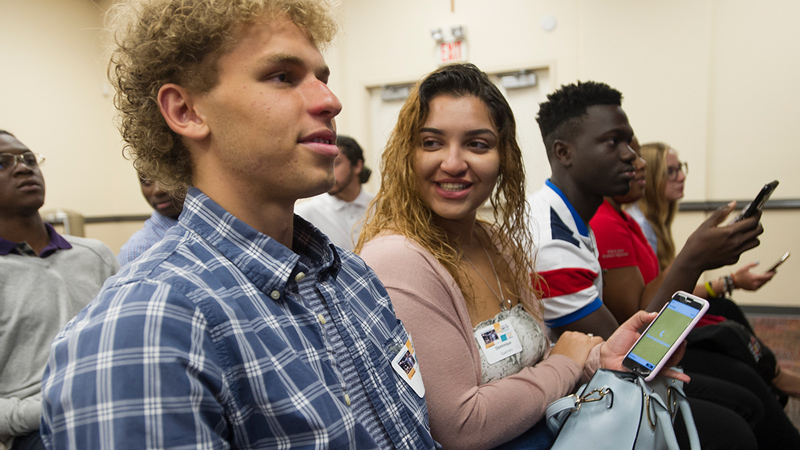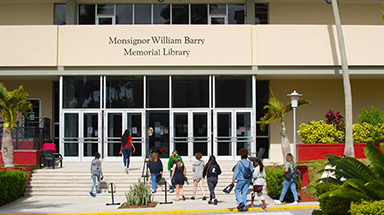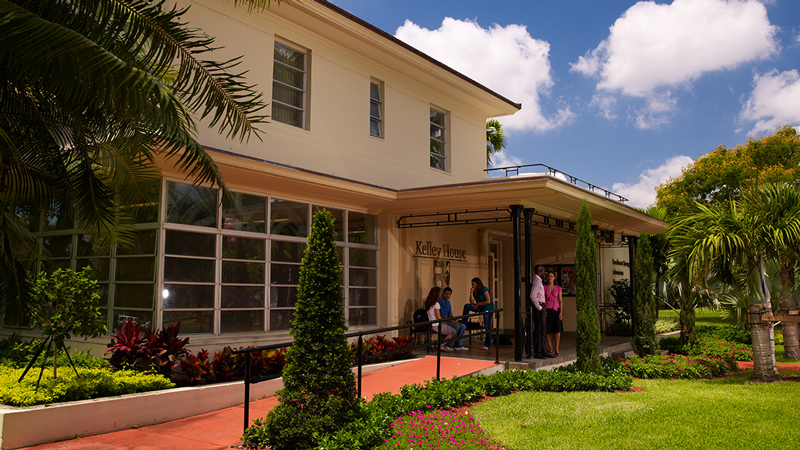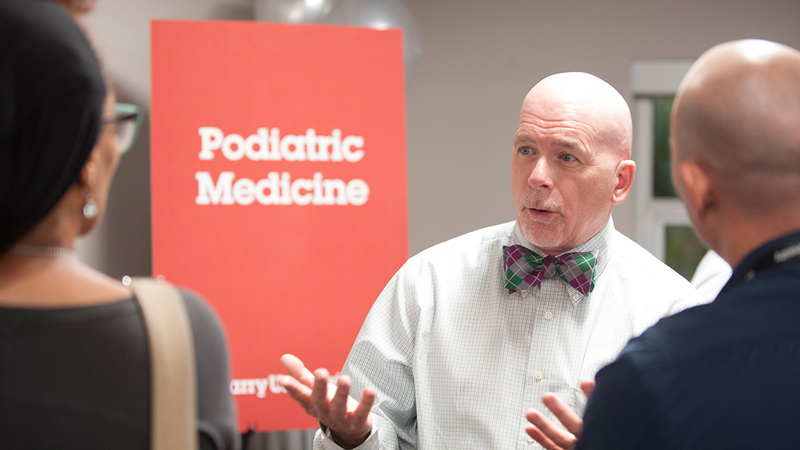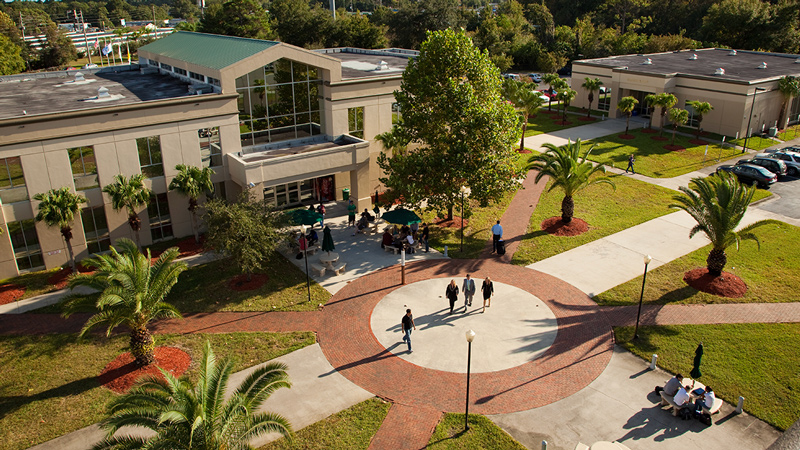Undergraduate Research Assistants
Student Researchers
Sidney Vest ; Evdoxia Mastrominas; Aurora Burkus-Matesevac; Montaha Abdallah - pharmacy program, College of Pharmacy, Thomas Jefferson University, Philadelphia, PA; Silva Campos Thales - laboratory assistant, Laboratory of Fuel Tests, Belo Horizonte, Brazil; Rebecca Hernandez; Lucas Narciso Meirelles - quality control, Johnson & Johnson Health and Wellness Solutions, Inc., São José dos Campos, São Paulo, Brasil; Zulema Rodriguez - MS in nutrition for health and human performance, University of Miami; Gabriella Soto - dental school Howard University; Taylor Sabol - MS in chemistry, University of Cincinnati, Ohio; QC Chemist Nature’s Bounty, Cincinnati, Ohio; Miriam Basden - nursery wildlife rehabilitator, South Florida Wildlife Center; Denae Britsch - dental school NOVA Southeastern University, Fort Lauderdale, FL; Deepa Gharbharan - MS anesthesiologist assistant program, NOVA Southeastern University, anesthesiology assistant, Baptist Hospital Of Miami; Brittany Kuhl - research and development scientist, Beckman Coulter, Miami, FL; Brittny Randolph - MS program in medical sciences, University of South Florida, Tampa, FL; Launie Bruno; Anna-Marie Weed – graduated with BS in chemical engineering from University of Washington, Seattle, WA, process engineer challenger, BP, Houston, TX; Jill Dvornik -research associate Lawrence Berkeley National Laboratory, Berkeley, CA (2011-2013), assistant specialist University of California, San Francisco, CA, currently: associate researcher II Pharmacology and Systems Therapeutics, Mount Sinai Hospital, New York; Afua Gyapong graduated from Philadelphia College of Osteopathic Medicine, Georgia; Abraham Campos; John Jacob Stefancin - executive assistant, James A. Zavrl Financial, Wickliffe, Ohio; Marc Knezevic - M.S. program, Public Health, Florida International University; Emir D. Rubi - researcher, Irell & Manella Graduate School of Biological Sciences, Duarte, CA; operations manager, Advanced Medical Reviews, Los Angeles, CA; Joao C. Luna - obtained M.S. in Geochemistry, University of Georgia, Athens, GA 2013; currently: PhD program in Geology, University of Utah, Salt Lake City, UT; Cristina Marrero-Avila - completed D.O. program, NOVA Southeastern University, Fort Lauderdale, FL; Vanessa Narciso - D.M.D. program, NOVA Southeastern University, Fort Lauderdale, FL; Rafaela Nita - Ph.D. program Florida Institute of Technology, Melbourne, FL, National Research Council Fellow, Naval Research laboratory in Washington, D.C.; Mario Cisneros - D.O. program, Edward Via College of Osteopathic Medicine, Spartanburg, SC; Heather Shetler; Ryoko Horigami; Stefanie Thompson Criminalist, Forensic Laboratory, Miami-Dade Police Department
